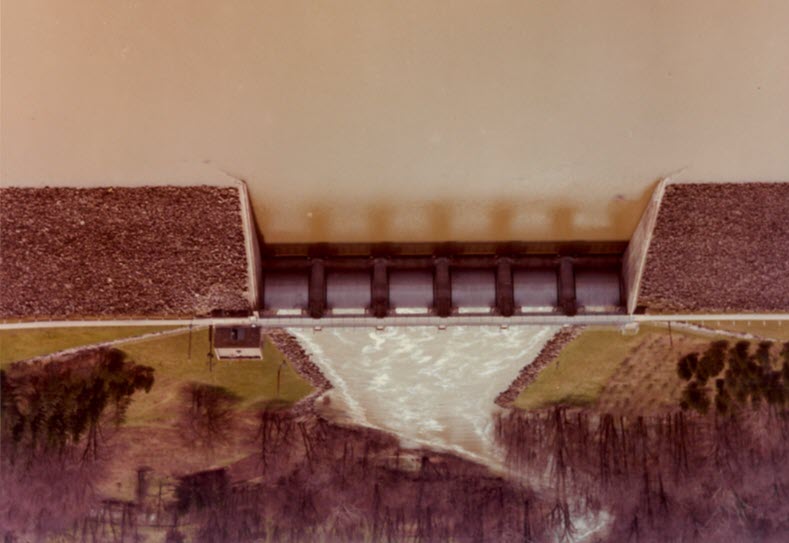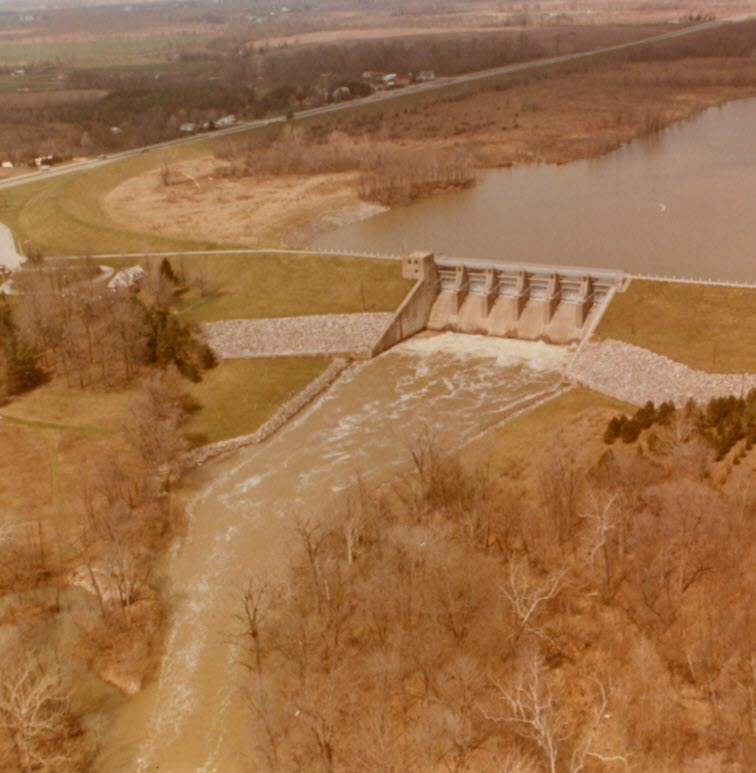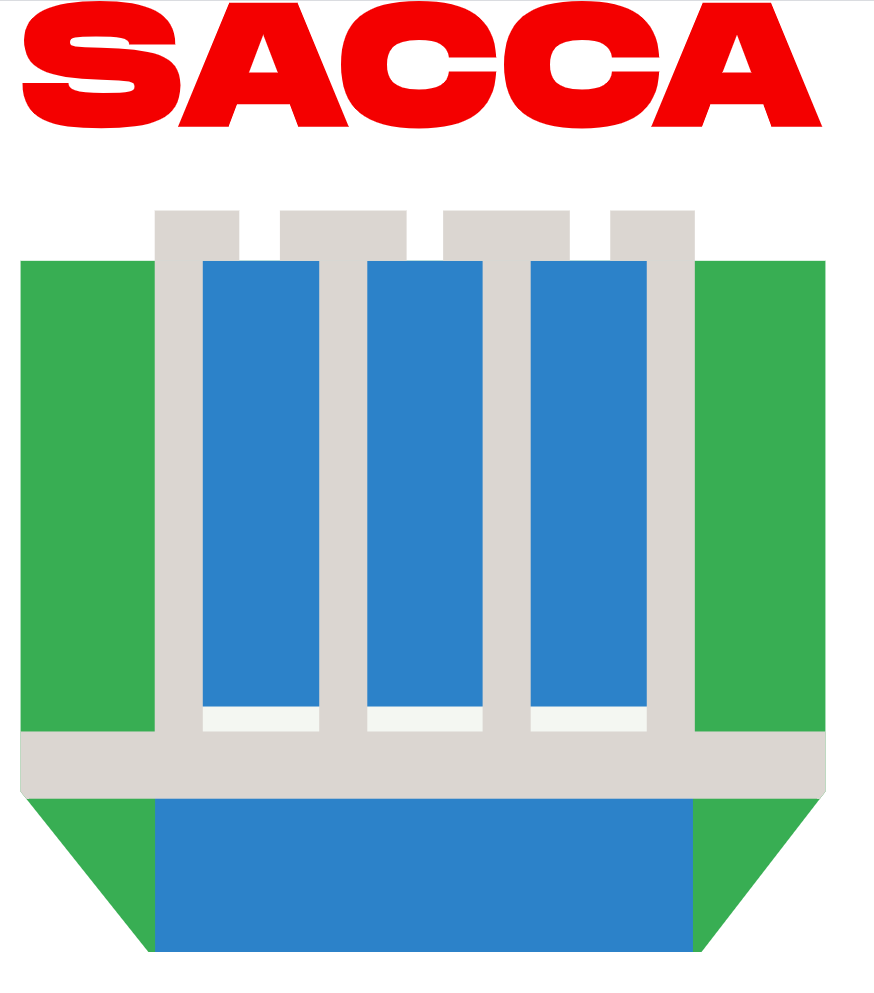“The town, county, and park of this area are all named for the Delaware tribe. These people were referred to by other Native Americans as Na-Be-Naugh-a or “people from the east.” They moved westward from their ancestral home in the Delaware Valley to escape pressure exerted upon them by the fierce Iroquois nation. The tribe assumed the name of Delaware, derived from the designation of their eastern valley. The word originates from the name of Lord Delaware, once the governor of Virginia.
In Ohio, the Delaware joined with other tribes including the Wyandot and Shawnee to block the western expansion of the settlers. A reminder of this long struggle is reflected in the ruins of Fort Morrow, which is located on private property north of State Route 229.
In the early 1800s, a route near present U.S. 23 was well worn by folks destined for Lake Erie. A brick tavern, constructed in 1810, served as a resting place for the travelers. The structure was built on a small hill overlooking the valley now holding the reservoir. In response to the coming war with the British and Indians, a Captain Taylor directed the building of a palisade around the tavern. The new Fort Morrow served to protect the establishment as well as to function as a sanctuary for local settlers in case of Indian attack. Although several scares brought families to its protective cover, no actual attacks were recorded.

Once built this dam was able to prevent the destruction caused by natural events.

Once constructed, the Dam held back water that previously led to catastrophic flooding to the communities downstream of the Delaware Dam.

Delaware Lake was created by the U.S. Army Corps of Engineers with the construction of a flood control dam in 1951. The flood control reservoir was dedicated as a state park later that year.” ~ Ohio Department of Natural Resources.
For more information about Delaware Lake Dam, please see the “Recreation Value to the Nation” fact sheet below:
